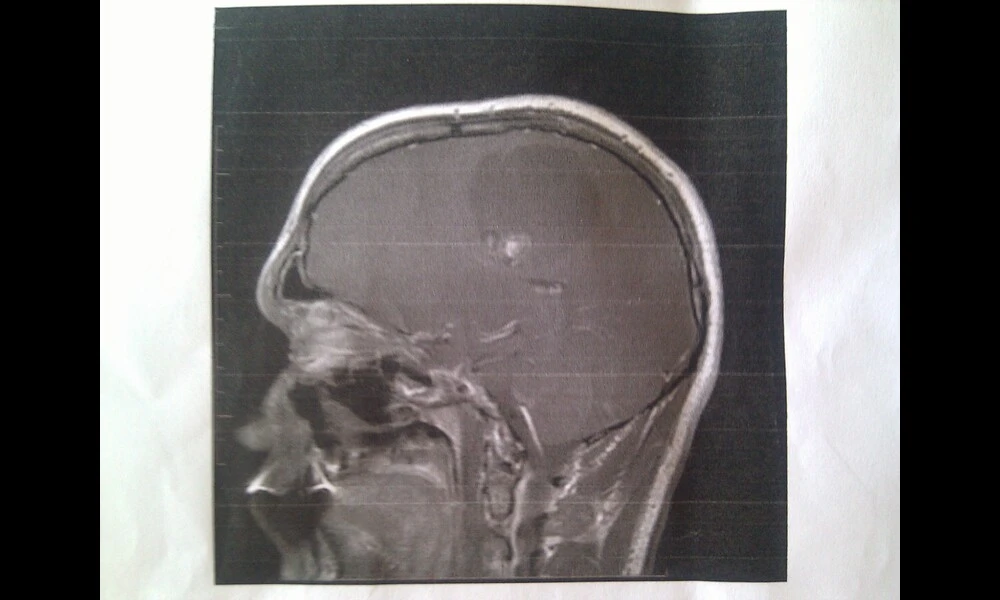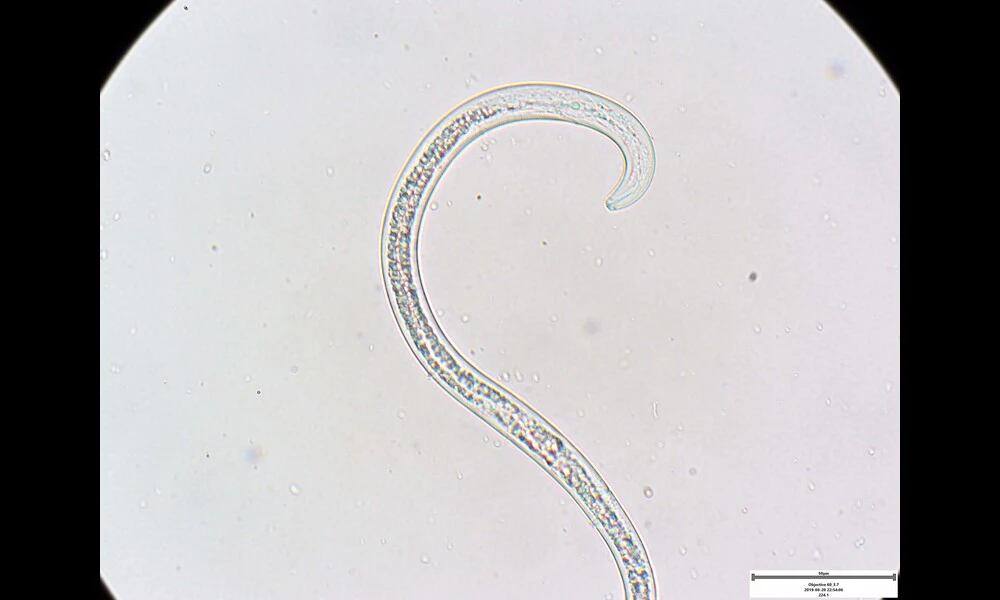Key Insights for Infectious Disease Modelling and Risk Assessment
Published on Fri Jul 07 2023 Ginza Mitsukoshi: Lion Statue | Dick Thomas Johnson on Flickr
Ginza Mitsukoshi: Lion Statue | Dick Thomas Johnson on FlickrNew research has explored the value of collecting simulated trajectories, rather than just descriptive statistics, in collaborative infectious disease modelling efforts. The study compared projections from multiple epidemic models for COVID-19 in Belgium, the Netherlands, and Spain, focusing on epidemic characteristics, ensemble uncertainty, and performance against observed data. The findings revealed that collecting simulated trajectories provided additional insights into epidemic characteristics, a wider range of uncertainty, and better performance against real data. In contrast, relying solely on descriptive statistics resulted in a loss of important information, particularly regarding the distribution of incidence over time. The study highlights the importance of understanding potential information losses in collaborative modelling efforts for improving accuracy, reliability, and communication in predicting and assessing infectious disease outbreaks. The research can have significant implications for policymakers and public health officials, aiding in the development of effective strategies to mitigate the spread of diseases and manage potential risks.



